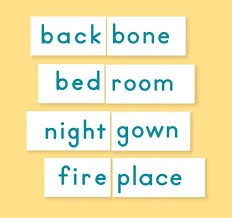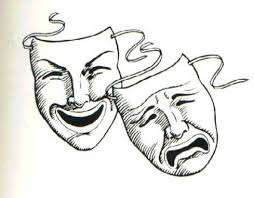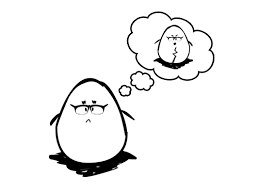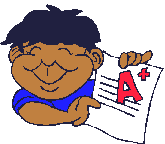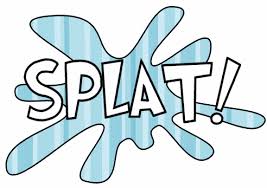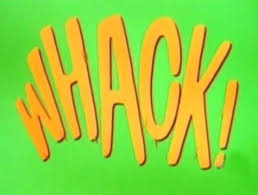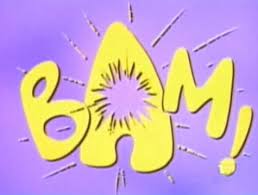Welcome to our literary terms page, with all the need to know literary terms. Here are the words and their definitions that we have already learned.
By: Amanda
Alliteration-
The repetition of initial sounds our stressed syllables that neighbor each other.

Allusion-
A short reference to a historical, mythological, or literary person, place, thing, or event.
Anecdote-
Short story of events.
Antagonist-
The contrast to a protagonist or villain.
Antonym-
A word which means the opposite of a different word.

Author’s Craft-
Specific techniques an author chooses to rely on in their literary work.
Base Word-
A word that has affixes added to the front and back and then it creates a related word.
Bandwagon-
An appeal to others to join a group in order to be on the side that is winning.
Bias-
A largely unreasonable judgment that is either for or against a certain person, position, or thing, also known as a prejudice.
Bibliography- Where you list where you got all your information and it comes after an informational piece of writing.
Biography-
An account of a person’s life that is written by another person.

This is a biography of the Beatles. (A band)
Card Stacking-
When you present only positive information for an idea or proposal and you leave out information that is opposite to that idea in written work or advertisements.
Character-
A figure in literary work that either poses human qualities or is a human being and is expressed in human terms.
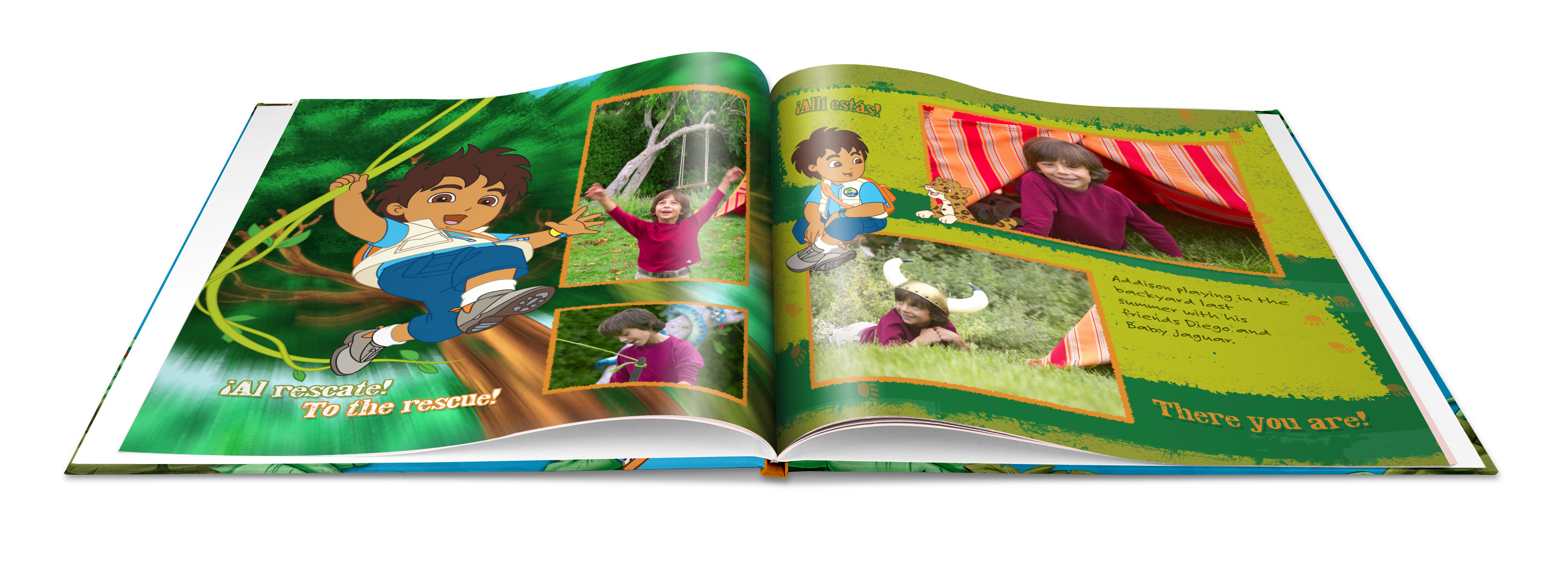
Characterization-
The way the author talks about a character in a literary piece.
Climax-
The high point of a story.
Compound Word-
When two or more words are joined together to create another word.
Conflict-
External- A problem or struggle between two characters.
Internal- A problem or struggle between a character and their emotions.

Context Clues-
A phrase that helps the reader figure out the meaning of a specific part of a writing.
Couplet-
A two-lined stanza within a poem, and the last word of both lines rhyme.
Dialogue-
A discussion between characters in a written story.

Direct Characterization-
When the author clearly states what the author is like.
Drama-
A conversation between characters on stage and it is performed in front of an audience.
Dynamic Character-
A character that changes in a significant way somewhere in a literary piece.
Edit-
When the author of the story corrects problems or mistakes in their writing and they make it ready to be published.
Environmental Print-
Advertisements that are written in the environment and it is used through text and symbols.

Epic-
A long narrative poem about heroes that fight crime and threats from people.
Epilogue- An extra bit of information at the end of a book.
Epiphany-
A sudden realization.
Euphemism-
A better way to put something that is sad or mean.
Exposition-
When characters, the setting, and tone are first introduced.
Fable- A story that has a moral or lesson about life and it can be written in poem form.
First Person Point of View-
The story is told from the narrator’s point of view, using I, me, or myself.
Flat Character-
A character that is presented as having only one trait.
Flashback-
The story flashes back in time.
Foil-
A character that is a contrast to the main character in a story. (Protagonist)
Footnotes-
Notes that define a word in the story.
Foreshadowing-
Clues that may lead the reader to figure out what is going.
Genre-
Categories that books are classified into.
Haiku-
A three-lined poem that is usually about nature. Where the first and third line has five syllables and the second line has seven syllables.

Hyperbole-
An exaggerated statement that is used to add effect.
Imagery/Figurative Language-
Descriptive language that appeals to the senses.
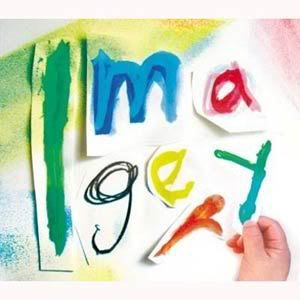
Indirect Characterization- The reader has to guess what the character is like through what the author has written.
Inference-
Make a prediction or draw a conclusion based on evidence.
Intonation-
The pitch of voice.
Irony-
The contrast between what is expected and what actually is.
Limerick- A five-lined poem that is silly and makes fun of things. Its rhyme scheme is AABBA.
Metaphor-
Where one thing is said to be another thing, but really is not.
Example- He was a shining star in his classroom.
Monologue- A long speech by a character in a play.
Onomatopoeia-
Oxymoron-
A figure of speech that puts two contradictory words together for special effect. Parody- A literary work written for ridicule or comedy.
Personification-
When you give human-like qualities to an object, animal, idea, etc. in a story.

Example: (The sun is dancing)
Plagiarism- When copy the work that is someone else’s, without permission. Prologue-
A bit of information before the start of a story.
Prose-
Prose is the same as poetry.
Protagonist-
The main character in a story.
Refrain-
A passage repeated at regular intervals, which is usually in a poem or song.
Resolution/Denouement-
Concludes the action of a story.
Revise- To change something already written, in order to improve the writing.
Rhyme Scheme-
The pattern the poet chooses for lines that rhyme within a stanza.
Round Character-
A character that is presented in a complex three- dimensional way.
Simile-
When you write something that does not mean exactly what it says, using like or as.
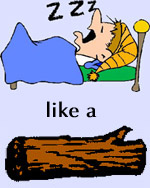
Sonnet-
A fourteen-lined lyric poem with a rhyming pattern.
Stanza-
A grouping of lines in a poem, like a paragraph in a story.
Static Character-
A character that remains the same throughout the course of the story.
Third Person Point of View-
A story that is written without I, me, or myself.
Transition-
When you move from one idea to the next in a literary piece.
